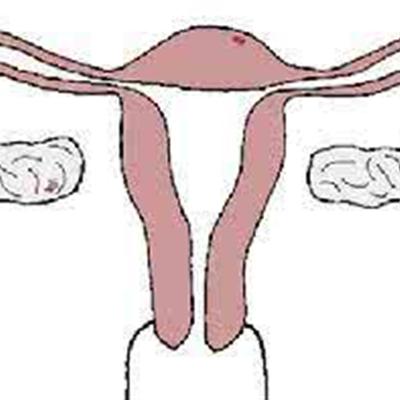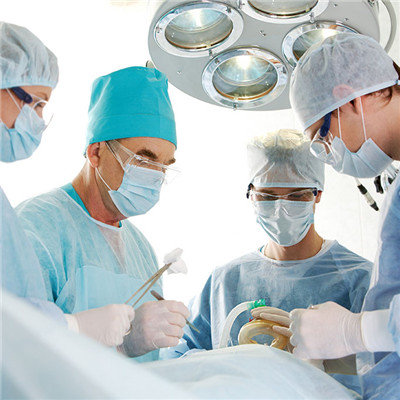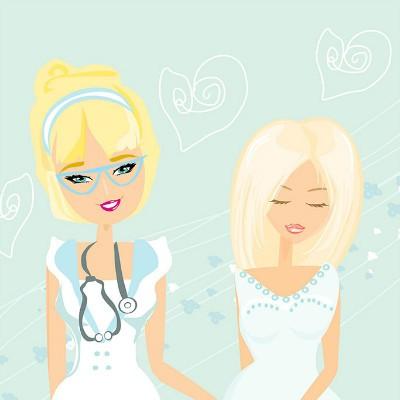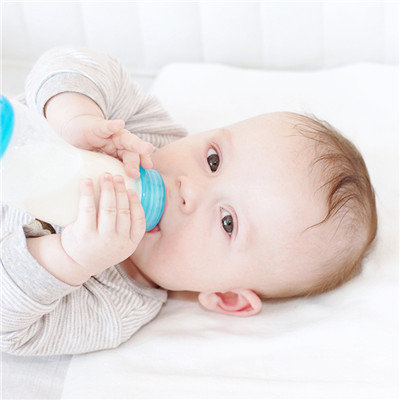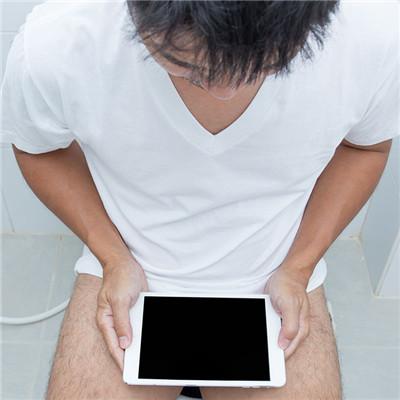How should pelvic inflammatory disease be treated
summary
Women suffering from pelvic inflammatory disease should be treated with a normal attitude, not to lose confidence in treatment, medical researchers should not allow any disease rampant harm to human health. What patients need to do is to enhance their self-confidence and unite doctors to fight the disease to the end. Gynecological experts not only developed a variety of methods for the treatment of pelvic inflammatory disease, but also summed up many measures for the treatment of pelvic inflammatory disease. So sick patients, how to treat pelvic inflammatory disease, let's take a look at it together.
How should pelvic inflammatory disease be treated
Treatment 1: Western medicine therapy and traditional Chinese medicine therapy, surgical treatment if necessary, antibiotic treatment: according to the drug sensitivity test drug selection reasonable antibiotics 1. Outpatient treatment: commonly used scheme 1), oral ofloxacin or levofloxacin plus metronidazole for 14 days; 2) single intramuscular injection of cefoxitin sodium, oral probenecid for a single time, use doxycycline; 4; Or other third-generation cephalosporins such as ceftriaxone sodium combined with doxycycline and metronidazole.

Treatment 2: inpatient treatment: most of the outpatient treatment is invalid, or the patient's condition is serious and needs comprehensive treatment in hospital. 1) supportive therapy: lying in bed, half lying position is conducive to the accumulation of pus in recto uterine depression, which limits the inflammation. Give high calorie, high protein, high vitamin liquid or semi liquid food, supplement liquid, pay attention to correct electrolyte disorder and acid-base imbalance, if necessary, a small amount of blood transfusion. In case of high heat, physical cooling is adopted. Try to avoid unnecessary gynecological examination, so as to avoid the spread of inflammation, if there is abdominal distension, gastrointestinal decompression should be performed.

Treatment 3: surgical treatment: mainly used for the treatment of tubal ovarian abscess or pelvic abscess with unsatisfactory antibiotic control.

matters needing attention
Through the above introduction, many friends must have some understanding of how to treat pelvic inflammatory disease. Excessive cleaning will affect the growth of normal vaginal flora and reduce its inhibitory effect on bacteria. In the long run, it may cause pelvic inflammatory disease. If cervicitis is not treated in time, it will develop into chronic pelvic inflammatory disease, and even lead to infertility.
